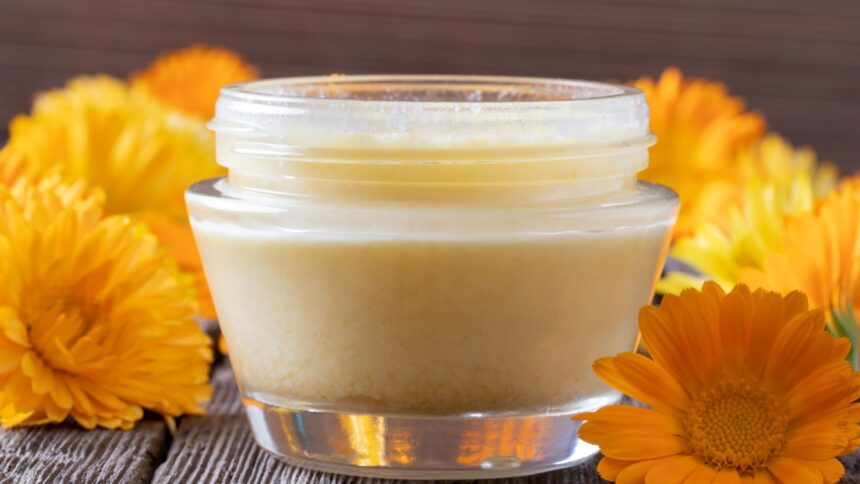Calendula, also known as pot marigold, is a flowering plant that has been used for centuries in traditional medicine and skincare. The bright orange and yellow petals of the calendula flower are rich in antioxidants, flavonoids, and terpenoids, which provide numerous benefits for the skin. Calendula cream is a popular natural skincare product that can be used to soothe and moisturize the skin, reduce inflammation, and promote wound healing. In this article, we will explore the benefits of calendula cream and provide a simple recipe on how to make calendula cream at home.
Benefits of Calendula Cream
Calendula cream is a versatile skincare product that offers a range of benefits for the skin. Some of the key benefits of using calendula cream include:
- Soothing and calming: Calendula cream can help to soothe and calm irritated skin, reducing redness and inflammation.
- Moisturizing: Calendula cream is rich in antioxidants and fatty acids, which help to lock in moisture and keep the skin hydrated.
- Wound healing: Calendula cream has been shown to promote wound healing by stimulating collagen production and improving tissue repair.
- Anti-aging: Calendula cream contains antioxidants that help to protect the skin from environmental stressors and reduce the signs of aging.
- Skin conditions: Calendula cream can be used to treat a range of skin conditions, including eczema, acne, and rosacea.
How to Make Calendula Cream
Making calendula cream at home is a simple and cost-effective way to incorporate this natural ingredient into your skincare routine. Here’s a recipe to make calendula cream at home:
Ingredients:
- 1 cup dried calendula flowers
- 1 cup coconut oil
- 1/2 cup beeswax
- 2 tablespoons vitamin E oil
- 2 tablespoons aloe vera gel
- 2 teaspoons lavender essential oil (optional)
Instructions:
- Infuse the calendula flowers: Combine the dried calendula flowers and coconut oil in a small saucepan. Heat the mixture over low heat for 2-3 hours, or until the oil has taken on a deep orange color and the calendula flowers have lost their color.
- Strain the mixture: Strain the mixture through a cheesecloth or a coffee filter into a clean bowl. Discard the solids.
- Add the beeswax: Add the beeswax to the infused oil and heat the mixture over low heat, stirring occasionally, until the beeswax has melted.
- Add the vitamin E oil and aloe vera gel: Remove the mixture from the heat and stir in the vitamin E oil and aloe vera gel.
- Add the lavender essential oil (optional): If using lavender essential oil, stir it in at this stage.
- Pour into containers: Pour the mixture into small containers or jars and allow it to cool and solidify.
- Use and store: Use the calendula cream as needed and store it in an airtight container in the fridge for up to 6 months.
Tips and Variations
- Use fresh calendula flowers: If you have access to fresh calendula flowers, you can use them instead of dried flowers. Simply chop the flowers and combine them with the coconut oil in a saucepan.
- Add other ingredients: You can customize the recipe by adding other ingredients, such as honey, oatmeal, or green tea extract, to enhance the benefits of the calendula cream.
- Use different oils: You can use different oils, such as olive oil or jojoba oil, instead of coconut oil. However, keep in mind that coconut oil provides a rich and moisturizing texture to the cream.
- Make a smaller batch: If you’re new to making skincare products, you may want to start with a smaller batch to ensure that the recipe works for you.
Conclusion
Calendula cream is a natural and effective skincare product that can be used to soothe and moisturize the skin, reduce inflammation, and promote wound healing. By following the simple recipe outlined in this article, you can make calendula cream at home and enjoy the benefits of this natural ingredient. Remember to always do a patch test before using any new skincare product, including calendula cream, to ensure that you don’t have any sensitivity or allergic reactions.




